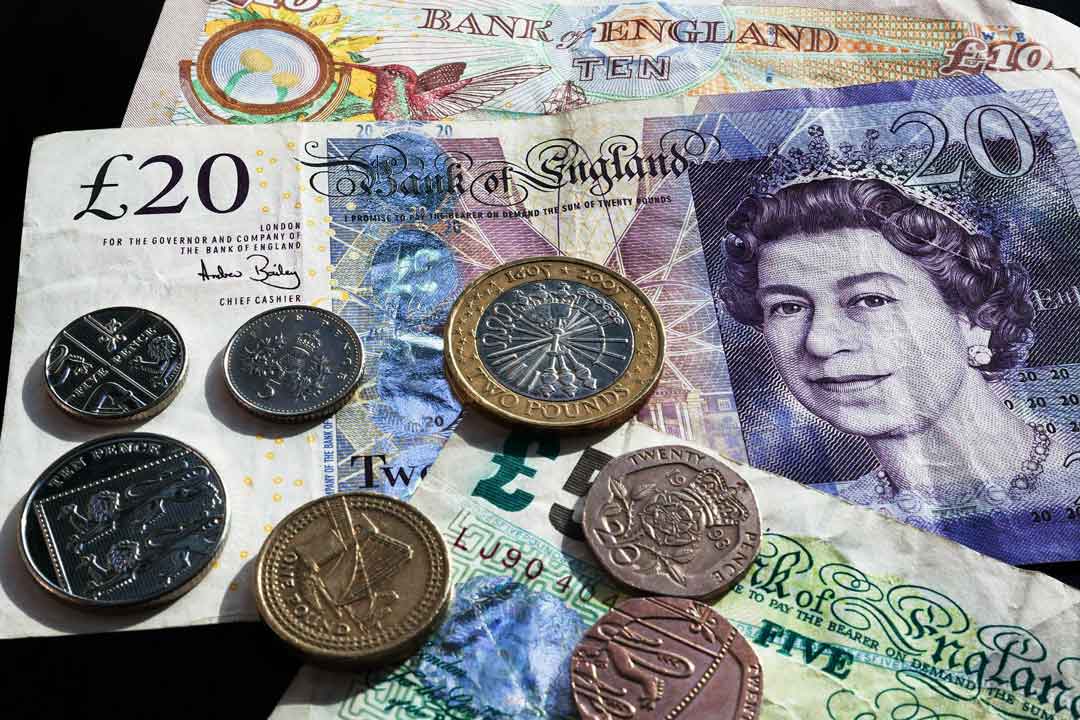
Any universally recognized form of payment for goods and services in a specific nation or area is known as currency. Coins and paper notes are the two most common forms of currency today. Any currency that isn’t frequently utilized in the area or nation is considered a foreign currency.
Today, there are approximately 200 different currencies. Many nations have their currencies, but some choose to use the currency of another nation instead. In some European, the euro is the dominant currency. For further information about foreign currency in this report, see the below explanations.
Definitions of Foreign Currency
Foreign currency is a foreign country’s legal tender that can be used for transactions and serves as the unit of account there. Banks transact in foreign currency either by handling physical cash or checks. Another way is by opening accounts with banks in other nations.
Another meaning is a currency that was printed in another nation. In general, a foreign currency may not be used to pay for goods and services in other nations. For instance, the U.S. dollar is used, but if the Micronesian government had not agreed to this, dollars would not be usable in Micronesia. There are, however, certain exceptions to this rule, especially when the local currency is worth little.
When a company with an international business uses the foreign currency translation accounting method to meet financial reporting requirements, the financials of the international subsidiaries are converted into the domestic or functional currency. Any gains or losses from the conversion are recorded in the consolidated financial statements.

Background History
There was a need to create foreign exchanges where foreign currencies could be purchased and traded as trade between countries with different currencies grew. The introduction of the gold standard in 1875 brought about this. Before, international payments were made using precious commodities like gold and silver. Any currency was backed by ounces of gold under the gold standard.
To back the demand for currency, nations had to maintain sizable gold reserves. Each currency was given a defined price for an ounce of gold. Furthermore, the price difference between two currencies determined their exchange rate.
Currently, many companies and organizations will use various currencies for those operations. However, financial statements should be presented in a single currency from an accounting perspective. Therefore, this necessitates translating foreign currencies. If more than one currency is used, this currency translation method analyses financial accounts more effectively. Otherwise, it makes the analysis challenging.
See Video How To Easily Send Money to 50+ Countries

Foreign Currency Exchange Rate Methods
Commonly, the financial statements of the overseas subsidiary should be published in the same reporting currency. Many companies, today operate in different parts of the world and use multiple currencies. To re-measure the financial statements of a foreign subsidiary, foreign currency translation is employed in accounting. It is one of the reasons why currency exchange is also needed.
Related to this activity, the items on the report’s balance sheet are converted at the exchange rate in effect on the date of the balance sheet. Then the items on the income statement of the company are converted to the weighted average exchange rate for the relevant year. All of the gains and losses associated with this type of currency conversion will be included.
Foreign currency exchange can be performed in several methods. Some of the common methods used in this activity as listed below.
Send Money Easily to Different Countries
How to Send Money to Hong kong
How to Send Money to China
How to Send Money to Malaysia
How to Send Money to Japan
Current Rate Exchange
This method of currency translation converts all of the foreign subsidiary’s assets and liabilities into the functional currency of the parent firm at the going rate or the rate in effect on the balance sheet date. However, items in the equity section are translated using historical rates, and items in the income statements are translated using actual exchange rates. That is rates in effect on the dates on which revenues and expenses were recognized.
Temporary Rate Exchange
The balance sheet items are not all recognized at the same currency rate under this method. Which is also referred to as the historical method. Instead, the way that the rates are recorded on the entity’s books is taken into account for both the current and historical rates.
Factors Affecting Foreign Currency Exchange
The act of converting one currency into another at a predetermined rate known as the foreign exchange rate is known as foreign exchange. The market dynamics of supply and demand determine the fluctuating exchange rates for practically all currencies.
The market forces that determine foreign currency rates may be influenced by a variety of factors. Numerous economic, political, and even psychological issues are among them. Trade balances, inflation, and the outlook for economic growth are some of the economic factors.
Political events, such as political instability and wars, can weaken the value of a currency. Therefore, they have an impact on the FX rate as well. Exchange rates can also be impacted by players’ mentality on the forex market.
Download Transfez App
Transfez App can help you transfer money abroad more quickly and efficiently. Transfez Business can also help your business in making transactions abroad. For those of you who want to send money to relatives who are abroad because they are studying, working, or traveling, Transfez will be ready to help. This app is available on Android as well as iOS.
Closing
Companies that conduct business internationally must convert their transactions to their functional currency, which is typically their domestic currency. The value of the company’s assets and liabilities can fluctuate as a result of changes in foreign exchange rates. The consolidated balance sheet of the parent firm includes the shareholders’ equity section. It is where all translation adjustments resulting from foreign currency translation are reported.











Recent Comments